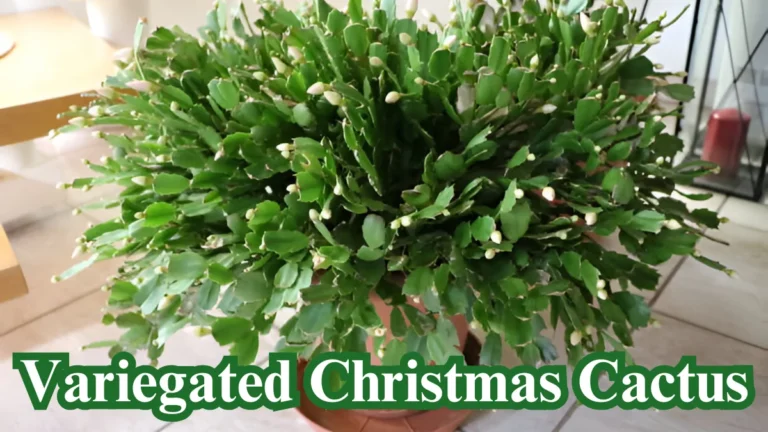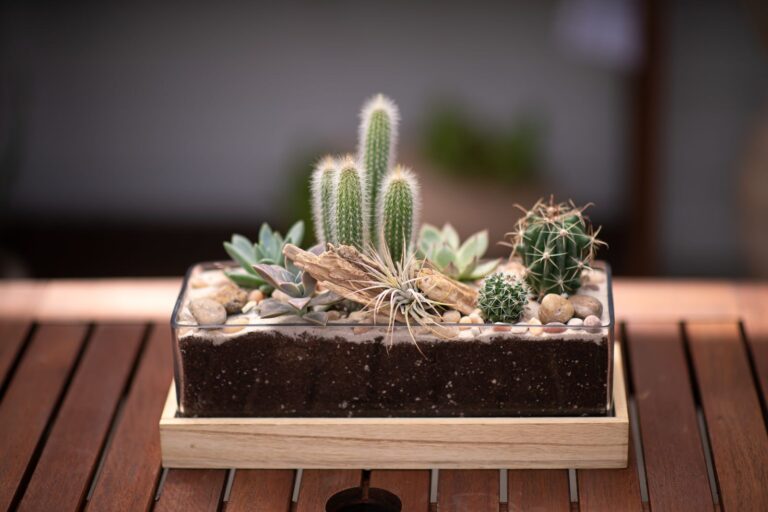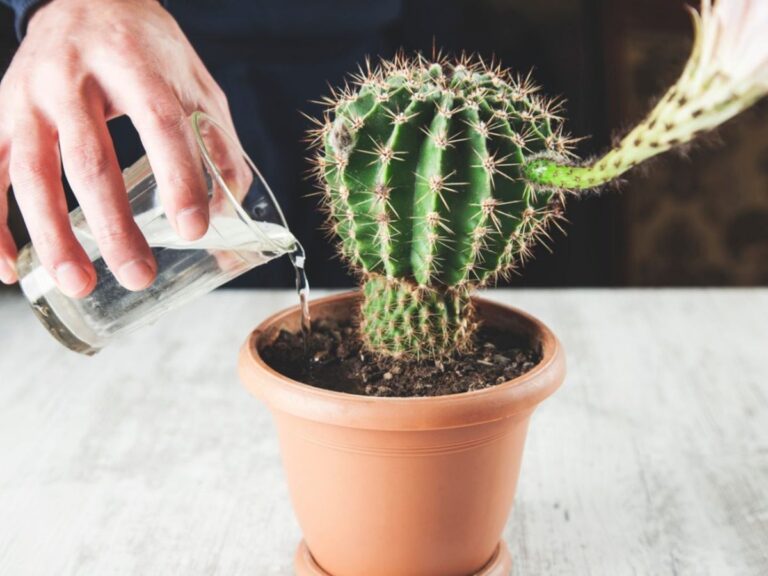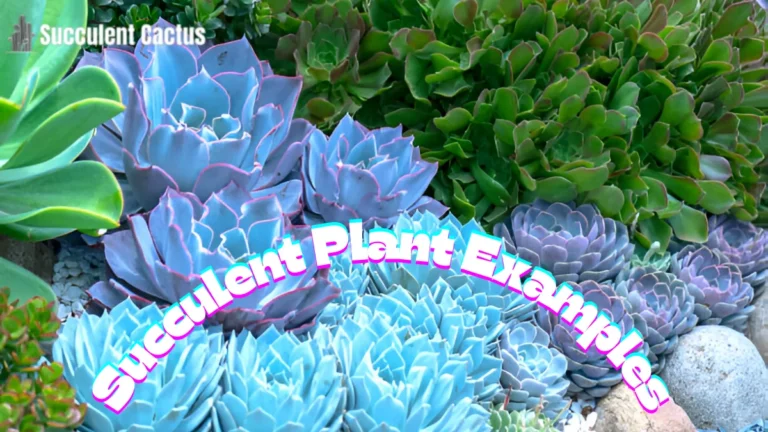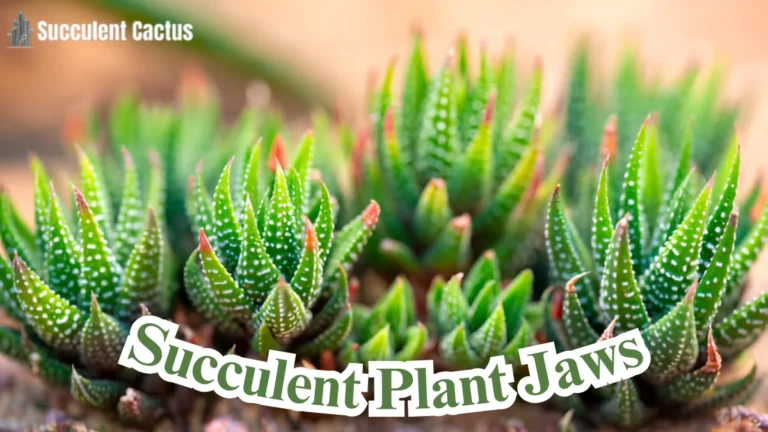Succulent and Cactus Wreath: A Unique and Stunning Botanical Decoration
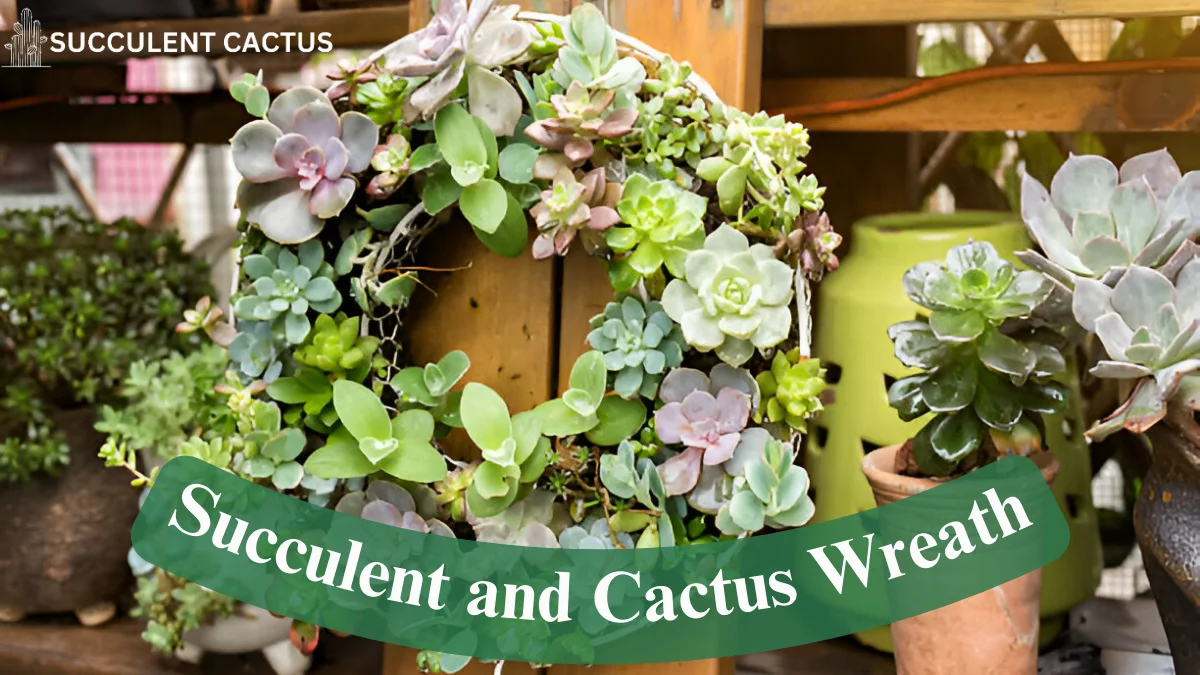
Succulent and cactus wreaths have gained immense popularity for their beauty, sustainability, and low-maintenance care. These living wreaths make perfect decorations for homes, gardens, and special occasions. Whether you want to create a DIY wreath or buy a ready-made one, understanding the different types, care tips, and creative designs will help you make the most of this botanical art. This comprehensive guide explores everything about succulent and cactus wreath, including varieties used, DIY steps, seasonal adaptations, and expert care techniques.
Understanding Succulent and Cactus Wreath
What Makes Succulent and Cactus Wreath Unique?
Succulent wreaths are living decorations that combine various drought-resistant plants into an artistic arrangement. Unlike traditional wreaths, these can last for months or even years with proper care.
- Require minimal watering
- Thrive in different climates
- Ideal for both indoor and outdoor decor
- Unique shapes, textures, and colors
Cactus Wreaths vs. Succulent Wreaths
Cactus and succulent wreaths differ primarily in plant type and care needs. While all cacti are succulents, not all succulents are cacti.
| Feature | Succulent Wreath | Cactus Wreath |
| Plant Types | Aloe, Echeveria, Sedum | Opuntia, Mammillaria, Euphorbia |
| Water Needs | Low to Moderate | Very Low |
| Sunlight | Indirect to direct | Full sun preferred |
| Maintenance | Easy | Requires careful handling due to spines |
History and Popularity of Living Wreaths
The tradition of wreaths dates back to ancient Rome and Greece, but succulents and cacti have only gained popularity in recent decades. Gardeners and decorators prefer them for their durability and artistic appeal.
Best Succulent and Cactus for Wreath
Top Succulents for Wreaths
Choosing the right succulents ensures a long-lasting and visually appealing wreath.
- Echeveria – Rosette shape, vibrant colors
- Sedum (Stonecrop) – Small, fast-growing varieties
- Crassula (Jade plant) – Thick, fleshy leaves
- Graptopetalum – Beautiful pastel tones
- Haworthia – Hardy and resilient
Cacti Suitable for Wreath Arrangements
Cactus wreaths require smaller, less spiky varieties for easy handling.
- Mammillaria – Small, rounded, and soft-spined
- Opuntia (Bunny Ears Cactus) – Paddle-shaped and manageable
- Euphorbia – Cactus-like but without sharp spines
- Parodia – Miniature round cacti with soft fuzz
Color Combinations and Aesthetic Appeal
Using a mix of green, purple, pink, and blue succulents creates a dynamic wreath. Consider using flowering succulents like Kalanchoe or Aeonium for seasonal color pops.
How to Make a DIY Succulent and Cactus Wreath
Materials Needed
To make a DIY succulent or cactus wreath, gather the following supplies:
- Wire wreath frame
- Sphagnum moss or coconut fiber
- Floral wire and hot glue gun
- Succulent cuttings or small cacti
- Spray bottle for misting
Step-by-Step Guide
- Prepare the base – Soak sphagnum moss and pack it into the wireframe.
- Secure the plants – Insert succulent cuttings, ensuring they have firm contact with the moss.
- Attach with wire or glue – Use floral wire to hold plants in place.
- Allow rooting – Let the wreath sit for a few weeks before hanging to allow roots to establish.
Common Mistakes to Avoid
- Overwatering – Causes root rot.
- Using soil instead of moss – Soil won’t hold succulents in place.
- Placing in too much shade – Leads to stretching and weak growth.
Best Care Tips for Longevity
Watering Guidelines
Succulent and cactus wreaths need less water than potted plants.
- Light misting every 1-2 weeks
- Allow the moss to dry completely before the next watering
- Reduce watering in winter
Sunlight and Placement
Place the wreath in bright indirect light for best growth. Outdoors, morning sun is ideal while harsh afternoon sun can scorch delicate succulents.
| Placement | Sun Exposure | Recommended Wreath Type |
| Indoors | Indirect light | Succulent-based wreath |
| Outdoors | Partial sun | Mixed succulent & cactus wreath |
Seasonal Care Adjustments
- Summer – Increase watering slightly.
- Winter – Protect from frost; keep indoors if possible.
- Spring – Add new plant cuttings to refresh the wreath.
Decorating with Succulent and Cactus Wreaths
Indoor Decoration Ideas
- Table centerpiece
- Wall-mounted living art
- Frame around mirrors
Outdoor Uses
- Front door decoration
- Garden wall hanging
- Fence or patio display
Themed Wreaths for Different Occasions
- Christmas – Red and green succulents, mini ornaments
- Weddings – White and pastel succulents for a romantic touch
- Fall – Warm-toned succulents with dried flowers
Seasonal Considerations for Succulent and Cactus Wreaths
Adapting Your Wreath for Different Seasons
Succulent wreaths can thrive year-round, but their care should be adjusted based on seasonal weather changes. Factors like temperature, sunlight, and humidity significantly affect their growth.
| Season | Watering Frequency | Sunlight Requirement | Additional Care |
| Spring | Once every 1-2 weeks | 4-6 hours of indirect light | Add new cuttings for fuller growth |
| Summer | Once a week | 4-6 hours of direct morning light | Avoid harsh afternoon sun |
| Fall | Once every 2 weeks | 3-5 hours of indirect light | Reduce watering gradually |
| Winter | Once a month | Indirect light or grow lights | Protect from frost |
Best Succulents for Cold and Hot Climates
Some succulents are more resilient to extreme temperatures than others.
- Heat-tolerant: Sedum, Echeveria, Aloe, Agave
- Cold-tolerant: Sempervivum, Haworthia, Jovibarba, Stonecrop
Protecting Wreaths from Extreme Weather
- For hot summers: Provide shade from the direct afternoon sun.
- For cold winters: Move the wreath indoors or into a greenhouse.
- For humid conditions: Ensure proper airflow to prevent mold and rot.
Common Problems and How to Fix Them
Overwatering and Root Rot
Overwatering is the leading cause of death of succulents and cactus. Symptoms include:
- Mushy, discolored leaves
- Black or brown roots
- Foul smell from the moss base
Solution:
- Allow the wreath to dry out completely before the next watering.
- Remove affected succulents and replace the moss if needed.
- Use well-draining sphagnum moss as a base.
Leggy or Stretched Succulents
If succulents grow long and stretched, they lack sunlight.
Solution:
- Move the wreath to a brighter location.
- Trim and replant stretched succulents for a fuller look.
- Rotate the wreath regularly to ensure even light distribution.
Pests and How to Handle Them
Succulent wreaths may attract aphids, mealybugs, and spider mites.
Solution:
- Spray with a mild neem oil solution once a month.
- Remove pests manually using cotton swabs dipped in alcohol.
- Increase air circulation around the wreath to prevent infestations.
Using Succulent Wreaths for Events and Celebrations
Wedding Decor and Bouquets
Succulent wreaths are popular choices for rustic and boho-style weddings. They can be used as:
- Bridal bouquets
- Table centerpieces
- Floral arches
Tip: Use soft pastel succulents like Echeveria, Graptopetalum, and Kalanchoe for a romantic look.
Holiday and Seasonal Wreaths
Succulents can be arranged to fit different holiday themes.
| Holiday | Suggested Succulents | Decorations |
| Christmas | Red Kalanchoe, Green Jade Plant | Mini ornaments, ribbons |
| Halloween | Dark Purple Echeveria, Sedum | Spider webs, black-painted moss |
| Spring/Easter | Pastel-colored Echeveria, Aloe | Small eggs, butterfly accents |
Personalized Gifts and DIY Projects
A handmade succulent wreath makes for a unique, long-lasting gift. You can:
- Create mini succulent wreaths for party favors.
- Customize wreaths with a person’s favorite succulent varieties.
- Add engraved wooden name tags for a personal touch.
Buying vs. Making a Succulent Wreath
Pros and Cons of DIY Succulent Wreaths
| Aspect | DIY Wreath | Pre-Made Wreath |
| Cost | Cheaper ($20-$50) | More expensive ($50-$200) |
| Customization | Fully customizable | Limited choices |
| Time Required | 2-4 hours | Instant purchase |
| Learning Experience | Hands-on gardening | No skill needed |
Verdict:
If you enjoy crafting and gardening, making your own succulent wreath is more rewarding. If you need a wreath immediately for an event, buying a pre-made one is the better option.
Where to Buy High-Quality Succulent Wreaths
- Etsy – Handmade, customizable wreaths
- Local nurseries – Often sell fresh, high-quality options
- Garden centers – Offer seasonal succulent wreaths
What to Look for When Buying a Wreath
- Healthy, pest-free plants
- Firm moss base that holds succulents securely
- Good variety of colors and textures
Creative Variations of Succulent Wreaths
Hanging Succulent Wreaths vs. Tabletop Arrangements
- Hanging Wreaths: Lightweight, best for front doors or walls.
- Tabletop Wreaths: Heavier, used as centerpieces or candle holders.
Succulent Frames and Living Walls
Instead of a traditional wreath, succulents can be arranged into picture frames or vertical gardens for a modern look.
Mixing Succulents with Other Elements
- Combine succulents with driftwood for a rustic feel.
- Add air plants (Tillandsia) for extra texture.
- Use dried flowers and preserved moss for a fuller design.
Preserving and Refreshing a Succulent Wreath
How to Extend the Lifespan of a Living Wreath
- Replace old or dried-out succulents with fresh cuttings.
- Refresh the moss every 6 months to keep the wreath firm.
- Mist lightly to maintain hydration without overwatering.
When and How to Replant Succulents from a Wreath
Once succulents outgrow the wreath, you can transplant them into a pot or garden bed.
Steps to repot succulents from a wreath:
- Gently remove the succulent cuttings.
- Let them dry for 2-3 days to prevent root rot.
- Plant in well-draining succulent soil.
- Water sparingly until roots are established.
Turning Old Wreaths into New Projects
Instead of discarding an old wreath, repurpose the succulents for:
- Terrariums
- Fairy gardens
- Hanging succulent balls
Sustainability and Environmental Benefits
Why Succulent Wreaths Are Eco-Friendly
- Requires less water than traditional floral wreaths.
- Reduce waste since they last longer than cut flowers.
- Promote pollinator-friendly gardening when placed outdoors.
Choosing Organic and Biodegradable Materials
Use natural moss bases, biodegradable twine, and organic fertilizers for an eco-friendly wreath.
Supporting Local and Sustainable Succulent Growers
When buying succulents, choose local nurseries that follow sustainable practices, reducing the environmental impact of large-scale production.
Would you love to try making your succulent wreath? Start today and enjoy the charm of nature in your home!
FAQs
How long does a succulent wreath last? With proper care, a succulent wreath can last several months to years.
Can I plant my succulent wreath in a pot later? Yes! Once the wreath loses its shape, you can transplant the succulents into soil.
What’s the best way to water a succulent wreath? Mist lightly every 1-2 weeks, avoiding excessive moisture to prevent rot.
Do I need to use fertilizer? A light fertilizer every 3-4 months helps maintain vibrant growth.
How can I make my succulent wreath more colorful? Use a mix of Echeveria, Kalanchoe, and Graptopetalum for diverse hues.
Conclusion
Succulent and cactus wreaths are stunning, long-lasting decorations that add a touch of greenery to any space. Whether you create a DIY living wreath or purchase a ready-made one, these botanical designs offer low maintenance, aesthetic charm, and sustainability. By choosing the right plant varieties, following proper care, and exploring creative designs, you can enjoy a thriving, vibrant wreath all year round!

